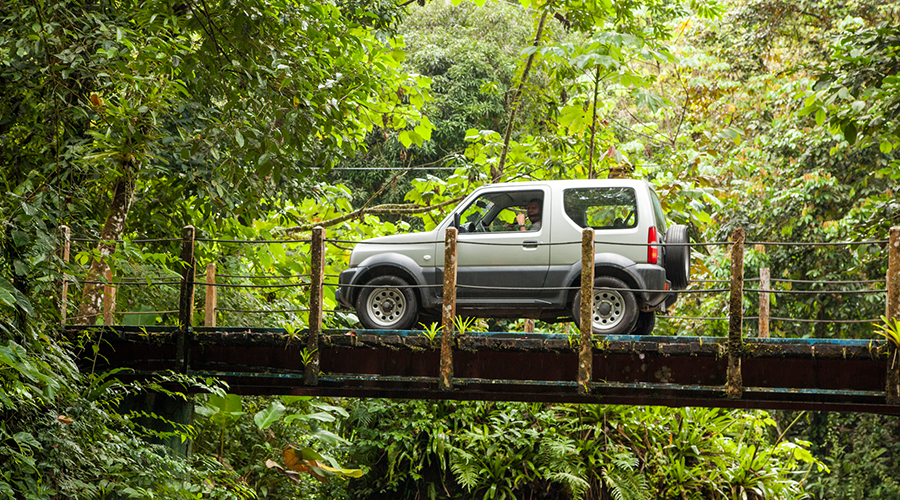The Costa Rican Government has proposed significant changes to the vehicle property tax, introducing a new formula for tax value estimation and a scaled rate to calculate the payable tax. This innovative methodology will be used to calculate the “marchamo,” the fee for the right to circulate.
New Tax Proposals Submitted to the Legislative Assembly
These changes were part of five bills that the Executive Branch delivered to the Legislative Assembly on May 18th. Other initiatives put forward include a new income tax law, the elimination of certain tax exemptions, and a proposal to empower the Treasury further in its tax collection efforts.
Vehicle Depreciation: A New Factor in Tax Calculation
The proposed vehicle tax reform links the payable tax to the price stated in the deed of sale, uniquely incorporating the depreciation of vehicles. For example, a new vehicle’s value would depreciate by 10% in its first year, and by the fourth year, the accumulated depreciation percentage would be 42.6%.
Expected Tax Payments Under New Reforms
Under the proposed changes, if your car is valued at ¢1,155,500, the tax will be ¢31,000. For a vehicle worth ¢4,900,000, the tax would be ¢134,112.
The new taxes constitute approximately 70% of the “marchamo,” which also encompasses Compulsory Automobile Insurance and municipal rates.
Top-Tier Vehicles and their Tax Burden in 2023
Under the proposed changes, the most expensive marchamo to be paid in 2023 will be for a 2021 Ferrari. The owner of this luxury vehicle will need to pay ¢9,540,861, which translates to roughly $17,913.

